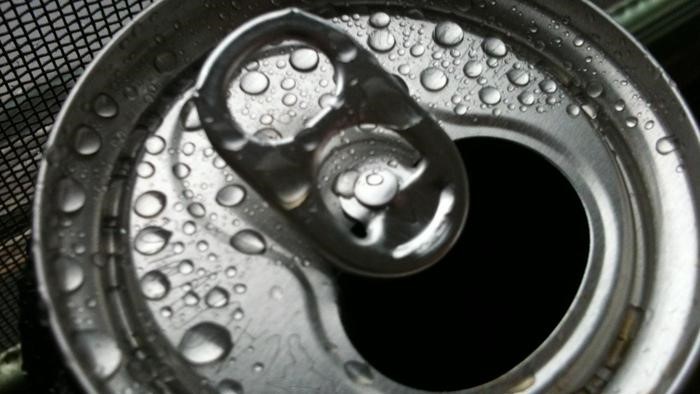Molson Coors urges investigation on aluminium price mechanism; price in the U.S. remains higher with or without tariffs
According to Mr Pete Coors, vice chairman of the Molson Coors Brewing Co., despite the claim that aluminium buyers in the U.S. can avoid tariff cost by buying from US producers and importing from non-tariffed countries, aluminium continues to remain expensive with or without tariffs.
Until May, 2019, U.S. companies purchased 73% of their imported aluminium from tariffed countries, but 100% of aluminium was priced as per tariff. Now after the tariffs are lifted from Canada and Mexico, 77% of the imported aluminium bought by the U.S. companies is free from tariffs. However, that has not trimmed the prices for aluminium.
{alcircleadd}
LME benchmark aluminium price has dropped 15% from the time tariff was implanted. Price pf aluminium scrap which contributes 70% of aluminium in a beverage can has dropped 26% in last one year. Yet, Mr Coors says, his company buys aluminium by paying 20% more from what it used to pay before the tariffs were implemented.
He alleged that aluminium suppliers and traders are taking advantage of the benchmark price level standardized by the tariffs. He said that aluminium majors like Alcoa have the market power to raise prices above the market rate, when there are no competitive prices.
He also expressed his doubts on aluminium price mechanisms and claimed that aluminium majors are exploiting the aluminium tariffs to profit at the expense of the end user, raising their prices to match tariff prices. He cited Harbor Aluminum Intelligence, which predicted that end users like Molson Coors will keep paying the higher prices for aluminium in near future. He emphasised that despite buying a volume of aluminium equivalent to build 4,000 jumbo jets every year, they cannot afford to get a better rate from any U.S. suppliers.
He also pinpointed the role played by dominant suppliers and big trading firms such as Glencore in elevating prices. According to Harbor, U.S. companies paid an additional $2 billion in higher aluminium costs after the tariffs.
He also claimed that smelters and traders boosted price by creating artificial supply crunch by keeping production off the market. Aluminium producers, according to him, has also made their business profitable by shifting operations to countries with lower production costs and then bringing the material to the U.S.
According to Harbor, some 53% of all aluminium consumed in the U.S. comes from recycled scrap and has no tariffs on them. Scrap makes up at least 71% of the aluminium in a can of Coors, yet Alcoa and others charge them the same price they pay for aluminium from China, which includes tariffs. It also said that the fee to transport and store aluminium in the U.S. spiked by 140% after the tariffs and it still continues to stay higher.
Molson Coors urged the president to investigate the aluminium industry and the conduct of its biggest players in raising the price of aluminium in the U.S.
This news is also available on our App 'AlCircle News' Android | iOS











.png/0/0)






